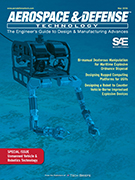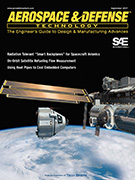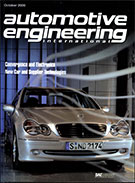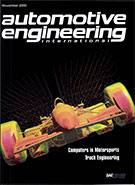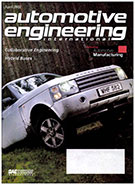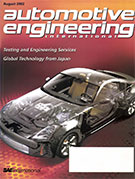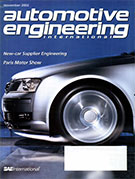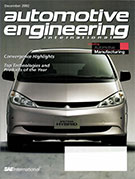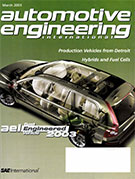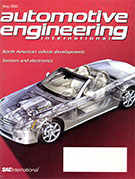Magazine
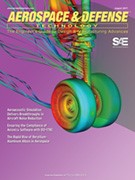
Aerospace & Defense Technology: August 2017
2017-08-03
The Rapid Rise of Beryllium-Aluminum Alloys in Aerospace Aeroacoustic Simulation Delivers Breakthroughs in Aircraft Noise Reduction Using System Simulation to Manage Increasing Thermal Loads on Aircraft Fuel Systems Ensuring the Compliance of Avionics Software with DO-178C Microwave Photonic Notch Filter Helps Ensure Critical Mission Success Measuring Propellant Stress Relaxation Modulus Using Dynamic Mechanical Analyzer New testing technique requires less material, gives more accurate results. Combustion Characteristics of Hydrocarbon Droplets Induced by Photoignition of Aluminum Nanoparticles Test methodology allows analysis of combustion dynamics for subscale rocket injectors under super critical conditions. Vapor Pressure Data and Analysis for Selected Organophosphorous Compounds: DIBMP, DCMP, IMMP, IMPA, EMPA, and MPFA Determining the thermophysical properties of chemical warfare agent simulants can help evaluate the performance of defensive equipment.

